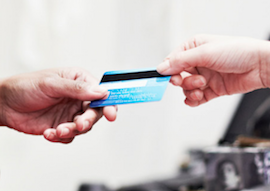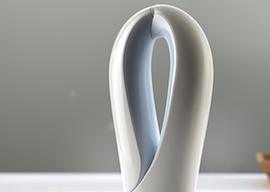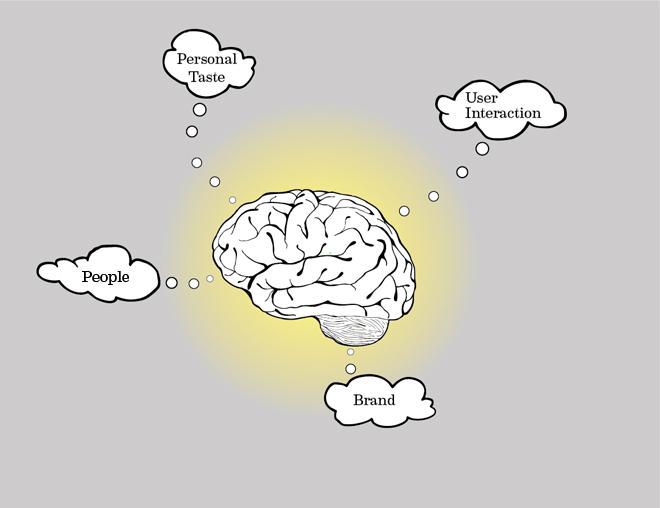
Each year, design schools produce a new crop of students. All of them have been steeped in the modern design tradition and exposed to the tenants of good design: “Less is more,” “form follows function,” and “keep it simple” are the mantras we all chant. The modernist aesthetic embraces the idea that the best designs are those that have been distilled down to their purest form so that they become the boldest expression of the idea. That said, much of this effort may be lost on the consumers who don’t share the same sensibility for simplicity. Focus group testing, low sales numbers, and our own consumer research confirm that the majority of consumers prefer designs that have more “flair” and are more “sleek” to those that are exercise restraint. Very often the preferred directions are in complete contrast to the good design principals we learned. But what is good, and who gets to decide? Is it the market, or is it a team of other designers who panel design award competitions?
When good design is in conflict with the market
What schools teach as good design may seem to be out of step with the average consumer. Product designers may find themselves having to make a choice between creating something that sells or creating something that will win design awards. Ideally, we design products that do both successfully. Apple seems to be one of the few exceptions where simple designs that would make even Dieter Rams smile still appeal to the masses. It’s validating to the profession that people are so emotionally connected to Apple products that they’ll stand in line for hours to buy one—even in the depth of a recession. Are people who buy Apple drawn to it because of its simple, modern design? After so much thought and attention to detail went into every product, it must make Apple designers cringe by the reality that many of the people who buy these beautiful products also embellish them in bedazzled cases. These cases become part of the way people express their personal taste, humanizing what many non-designers might perceive as a cold modern aesthetic. Part of the success of the product design’s simplicity is that it becomes a canvas not just for the UI, but for the embellishments as well. This aspect of its simple product design may have made it more palatable to the average consumer.
Ask or Tell?
The good news is that you don’t have to sell you soul to create compelling designs that appeal to a broad market. The goal of testing ideas and prototypes with consumers is not to get the answer straight from the source. It is not about seeking a prescription for successful design. Rather, it is to prompt a dialogue that will feed into our creative thinking and possibly disprove misguided assumptions before a bad review can ever be posted to Amazon. The role of a designer is enhanced by the world we interpret around us, but that interpretation is still reliant on our ability to skillfully translate the right answer with good taste, sound judgment, finesse, and yes…our “gut.” The tried and true values taught in design school still apply.
How to appeal to the tastes of the consumer while leveraging the benefits of good design principles:

Create something with a clear focus. If it can’t be less, then make more successful by creating clear visual hierarchies. Even though the forms are complex, they are cohesive on this shoe that is expected to live in a high performance category. Color helps lead focus to the area that is most important to see.
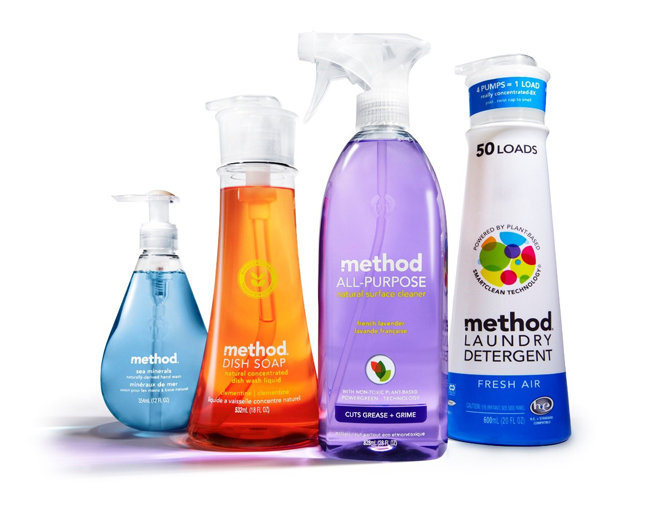
Communicate the message through the form. Whether it says something about the way it is used or what the brand stands for, it can be done in many different styles that fit different individual tastes.
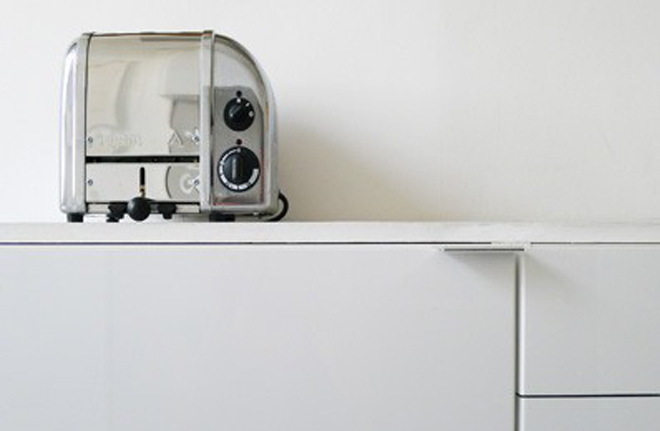
Avoid fashion and trends. If the form is an outgrowth of its function, its personality will allow it to live alongside many different aesthetics.
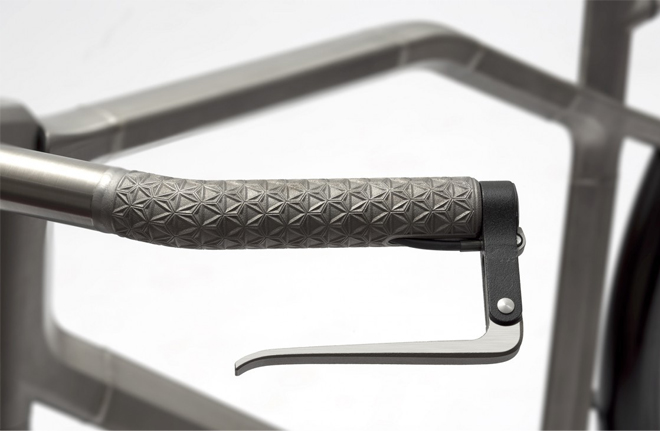
Textures and patterns have been used a lot recently because they allow for surface richness on simple, strong forms.
We aren’t designing for ourselves. It’s about the consumer, their sensibilities and their values. Even if the target user’s “taste” falls outside our own, we leverage the principles of good design to connect. We all speak design but not all speak it in the same way. It’s a language that can be crafted to say what we want it to say to the people who we’re trying to connect to. Using form to say something about the brand or product benefits can happen in many different flavors, some which may fall outside our own personal tastes. The role of the designer is not to be the purveyor of good taste. Rather, we use our craft to connect our products to the people who use them. It’s much more difficult to create a design that speaks to someone outside our own personal tastes, but still benefits from the principals of good design.
Image sources:
Nike shoe: http://www.3ders.org/images/nike-3D-printed-football-cleat-second-1.png
Method packaging: https://www.methodhome.com.au/sites/default/files/hero_images/meet_the_family_of_method_cleaning_products.jpg
Toaster: http://1.bp.blogspot.com/-Q6_sq4cL9hA/T5MYxjcJaGI/AAAAAAAABZM/SmamjWCuIaw/s1600/120422-NewToaster-s.jpg
Handle bars: http://oregonmanifest.com/

